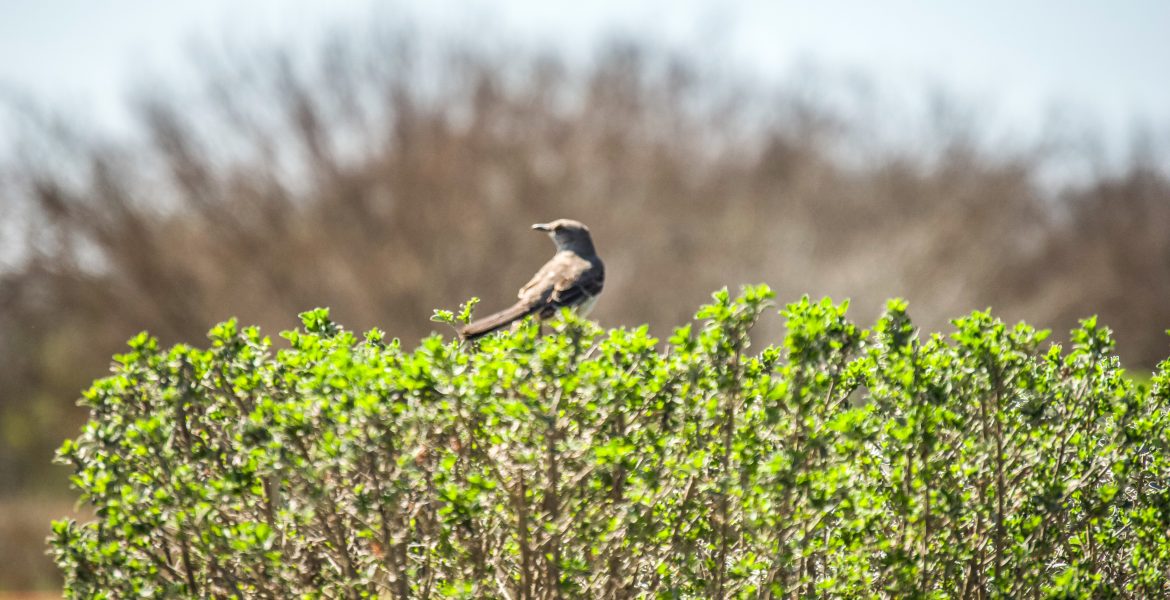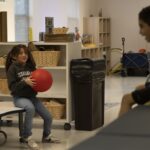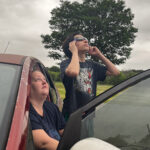A new development near campus will bring more people to the area while leaving some animals without homes, though the developer is implementing low-impact development practices.
Texas A&M University-San Antonio will no longer be surrounded by open fields as a development site undergoes construction. The development is expected to disrupt wildlife as construction will affect habitats and drive different species out of the area.
The VIDA development will transform 600 acres near campus into a residential-commercial area.
Jose Valdez Barillas, biology associate professor and Mitchell Lake Audubon Center advisory board member, said land on the north side of campus has been untouched for nearly 70 years.
Mitchell Lake is a Southside nature center and wildlife refuge that helps connect people to nature through preservation.
“Our university has a fence that’s about 4 miles,” Valdez Barillas said. “Our entire 4 miles are basically wildlife.”
The land has been used as a refuge for many years by species like feral hogs, bobcats, mourning doves, northern mockingbirds and vultures among others.
“The issue is that when developers come, they will take away some of these trees, these habitats for animals and that will definitely be lost,” Valdez Barillas said.
Angel Poe, Mitchell Lake’s education specialist, said large-scale development tends to disturb wildlife.
“We know the Southside is booming,” Poe said. “We know that when there’s a major development that occurs, it does disrupt and impact habitats for wildlife.”
Poe said the Southside wildlife has been disrupted for a long time. She said this dates back to the construction of Loop 410.
Mitchell Lake Director Sara Beesley said developing land around A&M-San Antonio was bound to happen.
“Ideally there wouldn’t be any development but we also know that’s not practical,” Beesley said. “Protecting our space in particular is going to be even more important as all this additional development is happening around us.”
The MAD could potentially benefit wildlife
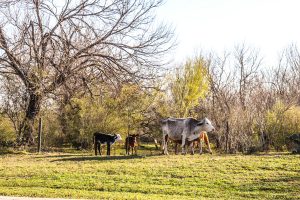
SouthStar has reserved 35 acres of green space called “The MAD” after Sen. Frank Madla. Valdez Barillas said more land should be left as open space.
“No, 35 acres is not enough,” Valdez Barillas said. “Let’s work with more. (Ask) what’s the most you can give me, not the least.”
Poe said 35 acres of open space is better than none.
“We know that saving a small amount of acres is never going to be enough,” Poe said. “We know that it’s impractical to keep all 600 acres.”
The MAD will especially be helpful for birds since loss of habitat is their greatest threat, Poe said. Birds rely on native plants and clean water to survive.
Valdez Barillas said SouthStar should be thinking about providing greenways for animals to travel. Wildlife won’t be disrupted as much if they still have greenways.
Land distribution is important for wildlife to be able to move, Valdez Barillas said.
“If you’re going to have 35 acres, you can’t just have it as a park, you have to connect it to something. It’s like living in a development and having no roads to get out,” he said.
Construction will interfere with animals reaching a water source because they need greenways to travel. Animals use four ponds around campus as water sources, Valdez Barillas said.
Valdez Barillas said he will contact SouthStar to propose keeping more trees. He said SouthStar should also create more ponds so that the area is more wildlife-friendly.
Low-impact development practices help wildlife
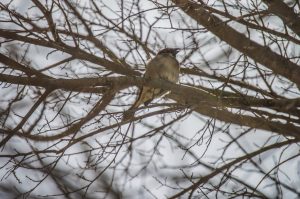
Sustainable development practices can lessen some of the negative impacts on wildlife.
SouthStar has been in contact with Mitchell Lake to adopt low-impact development practices.
Low-impact development is choosing to develop land in a way that can protect more land and use land to help itself.
“Even though SouthStar is removing a lot of that habitat, they are cautiously putting low-impact development features,” Beesley said. “(They are) making sure there are gardens, making sure the buildings are low and bird-friendly and (placing) downward-facing lighting.”
Beesley said over half of birds that migrate in Texas stop at Mitchell Lake.
Lighting could potentially pull birds off their migratory paths. Downward-facing lighting helps them migrate, especially during night.
Gretchen Howell, a SouthStar vice president, said SouthStar has spent a lot of time regulating lighting.
“Low-impact development is just educating ourselves on how to use resources better,” Howell said. “In most cases it doesn’t cost more, it’s just better.”
Howell said SouthStar sees low-impact development as a “foundational part of the business.”
Valdez Barillas said even though there are better development practices, some creatures will still need to move out of the land.
“When humans come in, not all the animals that live there can stay there,” he said. “We still have a large presence of hogs and wildlife because we still have a lot of open land. As the area becomes more developed, you will see some of them moving away a little bit more.”
Poe said she hopes animals leaving the land find their way to Mitchell Lake.
“Whenever there is widespread clearing of acreage, humans need to be prepared that certain animals, especially mammals, will move out of the area,” Poe said. “This is usually temporary until they can reestablish somewhere else. Hopefully they’ll find our property.”
Valdez Barillas was part of a study evaluating what kinds of birds live in the wooded areas around campus. He found small birds like verdins and white-eyed vireos 100 meters into the trees. The small birds were avoiding being on the edge, near humans.
“If we’re going to be a large campus and would like these kinds of birds around that like to come into these trees and call them their home, we need to have areas that have trees,” he said. “Not a nice manicured park but areas that have minimal human presence where noise levels are low.”
Experts say seek help when encountering wildlife

As the development continues, the construction will cause vibration in the soil and generate noise. Valdez Barillas said animals beneath like snakes will be disrupted and could potentially come in contact with people on campus.
“Wildlife will come to you when they have no other place to go…in order to prevent them from coming to our buildings, we (need to) provide them water and food away so they’ll go in that direction,” he said.
Beesley said people should not place traps if they encounter wildlife; she said this could harm the animal.
Students, faculty and staff should not handle wildlife if they aren’t trained to do so. Animals need to be handled differently based on their species.
If needed, Beesley said Mitchell Lake could help educate the campus on how to react when encountering wildlife.
Valdez Barillas said students should not enter the wooded area.
Those who encounter an animal in need of rescue should call Wildlife Rescue and Rehabitation‘s 24-hour emergency hotline at 830-336-2725.

